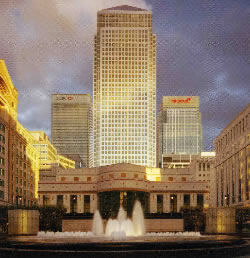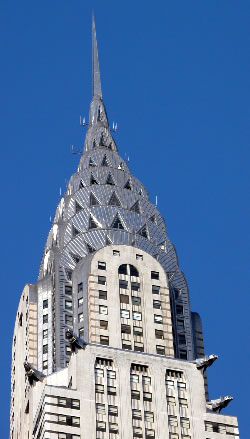When a molybdenum addition is made to a stainless steel, the alloy’s resistance to corrosion caused by chlorides (coastal or deicing salts) and pollution is increased. This makes molybdenum containing stainless steels the ideal choice for buildings, structures, transit facilities, park facilities, sculptures and other applications designed to last forty or more years in corrosive locations. Not only can it last the life of the structure, but, if properly selected, an appropriate molybdenum-containing stainless steel and finish combination can also minimize maintenance requirements.
Today’s architects and designers can choose from a wide array of molybdenum-containing stainless steel products including structural components, roofing, curtain wall, handrails, swimming pool liners and accessories, doors, lighting and sunscreens. The many existing exceptional, practical and long-term installations highlighted in this section illustrate the exceptional performance and cost-effectiveness of stainless steel as an architectural design material.
Case studies, project design and other information has been provided for a wide range of applications. We encourage you to share your molybdenum containing stainless steel projects so that we can inspire and inform designers and fabricators about this versatile material. Please contact us at info@imoa.info to share or discuss your project.



